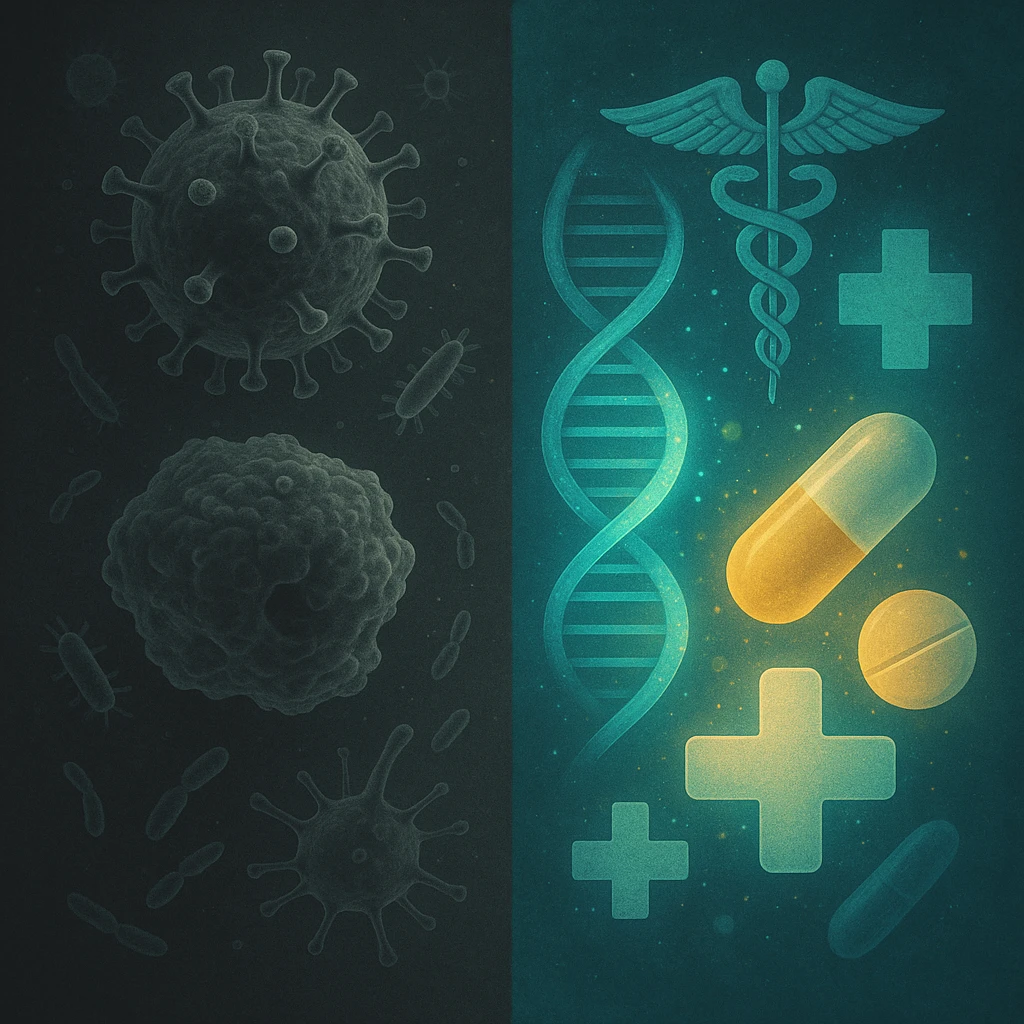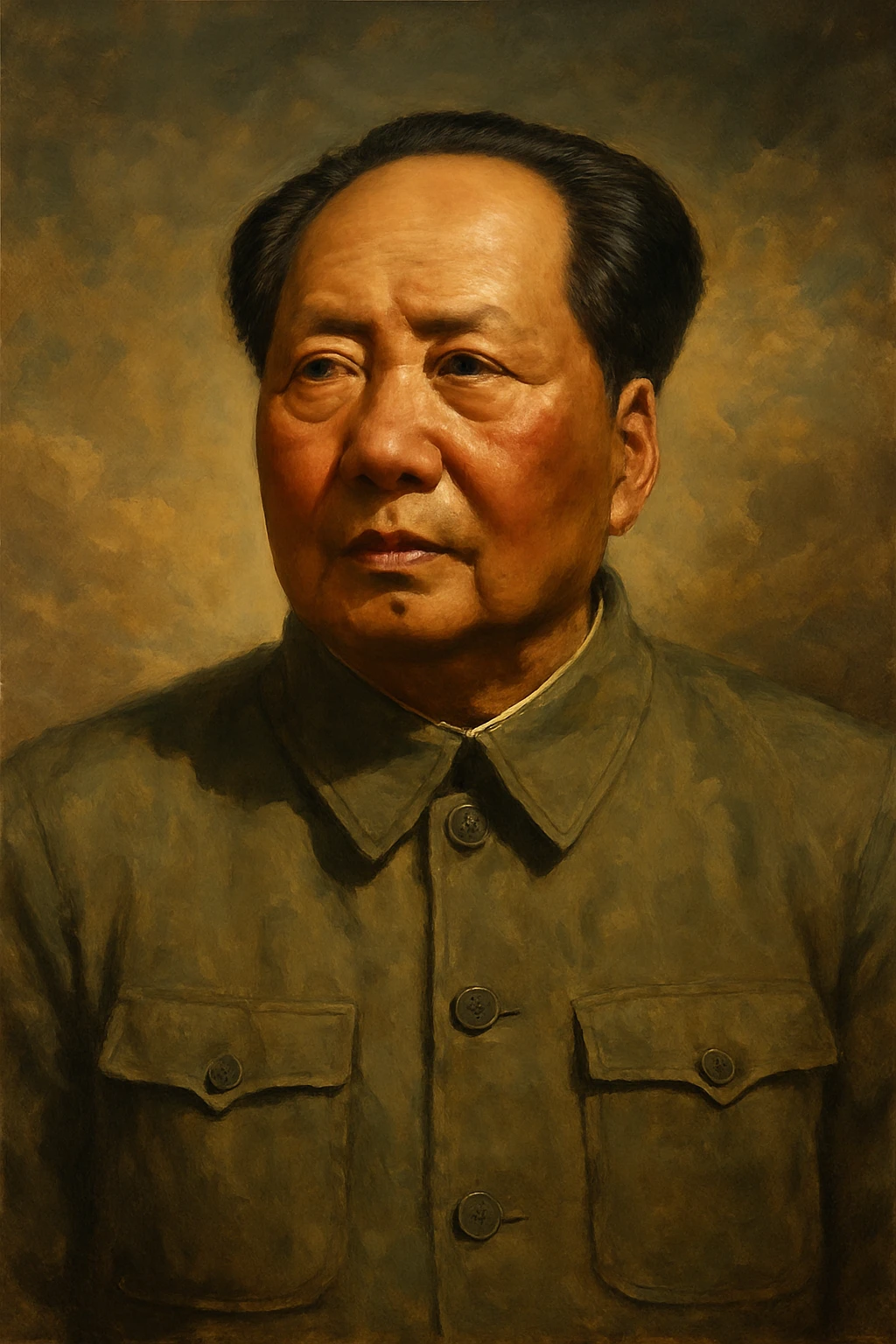Unusual Facts About Manufacturing and Mass Production
3D Printing
Applications 3D printing is revolutionizing prototyping, small-batch manufacturing, and even custom medical implants. It allows rapid design iteration with minimal waste.
Materials
Printers use thermoplastics, metals, resins, and even concrete or bio-compounds. Material science companies frequently market specialty filaments and powders.
Industries
Sectors like aerospace, automotive, and healthcare are major adopters, using additive manufacturing for lightweight parts and rapid production.
Benefits
Lower tooling costs, reduced inventory, and decentralized production give 3D printing a strong edge over traditional techniques.
Marketplace
A growing number of manufacturers and hobbyists rely on online platforms for models, replacement parts, and services - a ripe area for affiliate partnerships.Assembly Lines
Origins Popularized by Henry Ford in 1913, the modern assembly line revolutionized manufacturing by introducing sequential tasks along a moving conveyor.
Automation
Today's lines use sensors, robots, and AI to perform repetitive tasks with speed and precision. Companies offering automation solutions often promote plug-and-play systems.
Productivity
Assembly lines drastically reduce manufacturing time and labor costs, enabling mass production across industries.
Worker Safety
Automation reduces human exposure to hazardous or monotonous jobs, though new safety protocols must address human-machine collaboration.
Optimization
Software now helps manufacturers optimize workflows in real-time - a major selling point for industrial IT and consulting firms.CNC Machining
Definition CNC stands for Computer Numerical Control - a technology used to automate machine tools like lathes, routers, and mills.
Precision
CNC machines operate with exceptional accuracy, often down to thousandths of an inch, making them ideal for aerospace and medical components.
Programming
Operators use G-code or specialized CAM software to dictate the tool paths. Training programs and software tools are commonly advertised.
Materials
CNC systems can cut metals, plastics, woods, and composites - and require matched cutting tools, another avenue for supplier promotions.
Scalability
From hobbyists to mass production, CNC is scalable. Online machine suppliers and tool vendors frequently target both markets.Clean Rooms
Purpose Clean rooms control airborne particles, temperature, and humidity - crucial in electronics, pharmaceuticals, and biotech manufacturing.
Certification
Rooms are rated by ISO classes based on particle count. Cleanroom equipment providers emphasize compliance and validation services.
Design
HEPA filters, airlocks, positive pressure, and gowning protocols are common design elements. Ads often target planners and facilities engineers.
Maintenance
Regular particle testing, gown checks, and equipment sterilization are critical. Services offering ongoing compliance monitoring are in demand.
Growth
The global cleanroom market continues to expand due to the growth of nanotechnology and semiconductor production.Factories
Evolution Early factories relied on steam power and centralized labor. Modern ones use advanced robotics, modular layouts, and smart logistics.
Smart Manufacturing
The concept of Industry 4.0 integrates IoT, cloud computing, and AI to monitor and optimize factory operations in real time.
Energy Use
Factories are major energy consumers. Solar integration, waste heat recovery, and LED retrofitting are commonly advertised solutions.
Globalization
Factories increasingly operate across borders. Logistics platforms and customs management tools promote solutions for this global reach.
Retrofits
Older facilities can be modernized with new control systems and smart meters - a growing market for industrial upgrade providers.Injection Molding
Basics Injection molding involves injecting molten material into a mold to form complex shapes, often in high volumes. It's widely used for plastic products.
Tooling
Mold design and precision tooling are crucial for quality. Tooling manufacturers and CAD/CAM service providers often target this market.
Materials
Common materials include thermoplastics like ABS and polycarbonate, with additives for color, strength, or heat resistance.
Speed
Cycle times are fast, often seconds per part. That makes it ideal for mass production, from toys to automotive components.
Advertising Potential
Companies offering rapid prototyping, mold maintenance, and small-run services regularly promote cost-effective alternatives to full-scale production.Lean Manufacturing
Philosophy Lean aims to eliminate waste, improve efficiency, and increase customer value. It draws from Toyota's production system.
Techniques
Popular practices include Kaizen (continuous improvement), Kanban (visual scheduling), and 5S (workplace organization).
Impact
Firms that adopt Lean often report reduced overhead, faster production cycles, and improved quality control.
Consulting
Lean consulting firms offer audits, training, and implementation services. Many promote digital transformation with Lean as the foundation.
Tools
Software and apps that enable value-stream mapping and workflow visualization are growing in demand among manufacturers.Mass Production
Definition Mass production is the manufacturing of large quantities of standardized products, often using assembly lines or automation.
Economies of Scale
As volume increases, per-unit costs drop - making mass production key to affordability in consumer goods.
Challenges
It can lead to overproduction, inventory costs, and limited customization. Ads often highlight solutions to streamline or personalize output.
Modernization
AI and robotics now allow semi-custom mass production, where base products can be altered during fabrication.
Examples
Common items like smartphones, appliances, and cars are classic outputs of mass production systems.Nanomanufacturing
Overview Nanomanufacturing manipulates materials at the atomic or molecular scale to produce high-performance structures and devices.
Techniques
Methods include self-assembly, nanolithography, and atomic layer deposition. These allow creation of materials with novel properties.
Applications
Used in semiconductors, drug delivery, and coatings, nanotech supports industries from electronics to healthcare.
Investment
Governments and startups alike invest heavily in nanotech labs. Companies advertise nanomaterials, tools, and patents.
Challenges
Scalability, cost, and regulatory approval are hurdles. Consulting and compliance firms often pitch specialized expertise.Outsourcing
Definition Outsourcing involves contracting external firms to handle part or all of a manufacturing process - often to cut costs.
Benefits
Firms gain flexibility, access to global labor markets, and reduced capital expenditures. Logistics and consulting firms promote these advantages.
Risks
Supply chain disruptions, intellectual property risks, and quality control are common concerns.
Nearshoring
Some firms now shift to nearshoring - outsourcing to nearby countries - to reduce transit time and geopolitical risk.
Software
Platforms that coordinate multi-country operations, from sourcing to delivery, are commonly promoted to outsourcing managers.Packaging
Purpose Packaging protects products, provides branding, and meets regulatory standards. It is a key step in manufacturing logistics.
Materials
Paperboard, plastic, metal, and biodegradable materials are all used. Sustainability concerns drive innovation in eco-friendly packaging.
Automation
Packaging lines often use robots, conveyors, and barcode systems. These systems are sold as turnkey or modular solutions.
Trends
Smart packaging with sensors and QR codes is rising, especially in food, pharma, and high-end retail.
Advertising Potential
Box printing services, sealing equipment makers, and digital label providers frequently market to manufacturers online.Plastics
Overview Plastics are versatile materials used in nearly every product category. They are molded, extruded, and cast in manufacturing.
Types
Common plastics include polyethylene, polypropylene, and PET. Each has specific uses depending on strength and temperature resistance.
Issues
Plastic pollution and microplastics have drawn criticism. Alternatives like bioplastics are being promoted by green manufacturers.
Recycling
Some plastics are recyclable, but sorting and contamination are challenges. Recycling tech companies often pitch closed-loop solutions.
Industrial Use
From automotive parts to medical tools, plastics remain a foundation of modern manufacturing, especially when reinforced or blended.Quality Control
Goal Quality control ensures products meet required specifications. It can involve inspection, testing, and statistical analysis.
Tools
Vision systems, calipers, spectrometers, and digital measurement devices are common in industrial quality labs.
Standards
Manufacturers follow ISO 9001 and industry-specific guidelines. Certification services often advertise compliance audits.
Technology
AI and sensors now monitor quality in real time, reducing waste and improving yield.
Advertising Value
Metrology firms, compliance consultants, and equipment makers promote tools to meet strict quality standards.Recycling
Process Manufacturing waste can be reused through shredding, melting, and chemical breakdown. Recycling lowers raw material costs.
Industrial Recycling
Factories often recycle metal shavings, defective plastics, and electronic scrap. Specialized firms collect and reprocess this waste.
Revenue
Selling waste materials can provide additional income. Ads for recycling brokers and scrap marketplaces often target factories.
Equipment
Shredders, compactors, and sorters are sold to manufacturers looking to manage internal waste.
Trends
Closed-loop manufacturing is growing, with firms aiming to reuse materials internally to reduce reliance on external supply chains.Robotics
Function Robots in manufacturing perform tasks such as welding, painting, sorting, and assembly.
Types
Fixed industrial robots dominate automotive plants, while collaborative robots work alongside humans in smaller factories.
ROI
Robots improve productivity and consistency. Advertisers promote financing options and automation consulting.
Software
Robot programming software enables motion planning and integration with enterprise systems.
Growth
Robotics is expanding in food processing, logistics, and electronics as costs decline and versatility improves.Smart Factories
Definition A smart factory uses sensors, software, and networks to self-monitor and optimize manufacturing processes.
Components
Includes IoT devices, AI-driven analytics, and digital twins to predict maintenance and improve uptime.
Benefits
Improves efficiency, reduces waste, and supports customization. Vendors promote platforms that centralize factory data.
Security
Cybersecurity is a major concern. Firms offer firewalls and monitoring tools specific to industrial systems.
Promotion
Smart factory platforms, cloud dashboards, and digital training tools are frequently marketed to manufacturers.Supply Chain
Definition The supply chain includes sourcing, manufacturing, warehousing, and delivering goods to end users.
Visibility
Tracking materials and predicting delays is key. Companies offer real-time dashboards and alert systems.
Risks
Weather, strikes, and political conflict can disrupt flow. Insurance and consulting firms advertise contingency planning.
Optimization
AI-driven forecasting and route planning help minimize bottlenecks. These tools are promoted for leaner operations.
Advertising Fit
Software vendors, logistics firms, and freight companies all market to supply chain managers.Textile Production
Processes Textile manufacturing involves spinning, weaving, dyeing, and finishing fabric. Automation is increasing in all stages.
Eco Focus
Sustainable textiles use less water, fewer chemicals, and recycled fibers. Green materials firms target apparel brands.
Technology
Digital fabric printers and robotic looms are reshaping how fashion and home goods are produced.
Global Reach
Major textile hubs include Bangladesh, Vietnam, and Turkey. Supply sourcing platforms promote vetted partners.
Trends
Brands seek traceable materials and local production to reduce lead times and meet ethical standards.Tooling
Definition Tooling refers to the creation of tools, dies, and molds used to shape or form parts in manufacturing.
Precision
Accuracy is vital. CNC machines and advanced metrology ensure proper part geometry.
Specialists
Many firms specialize in niche tooling services such as aerospace molds or medical device dies.
Tool Maintenance
Sharpening, calibration, and replacement services are regularly marketed to keep tools efficient.
Tech Advancement
Tooling suppliers now promote simulation software and additive hybrid approaches to reduce development cycles.Waste Reduction
Importance Reducing waste saves money and helps meet environmental targets. Many factories adopt lean and green practices.
Examples
Tactics include material reuse, energy recovery, and improved process planning.
Digital Tools
Monitoring software identifies wasteful steps in production. Firms offer platforms with built-in reporting features.
Marketability
Companies that advertise their low-waste credentials gain appeal with partners and consumers.
Incentives
Grants and tax benefits are often available for firms reducing waste, making it a point of interest for financial consultants.



























































































